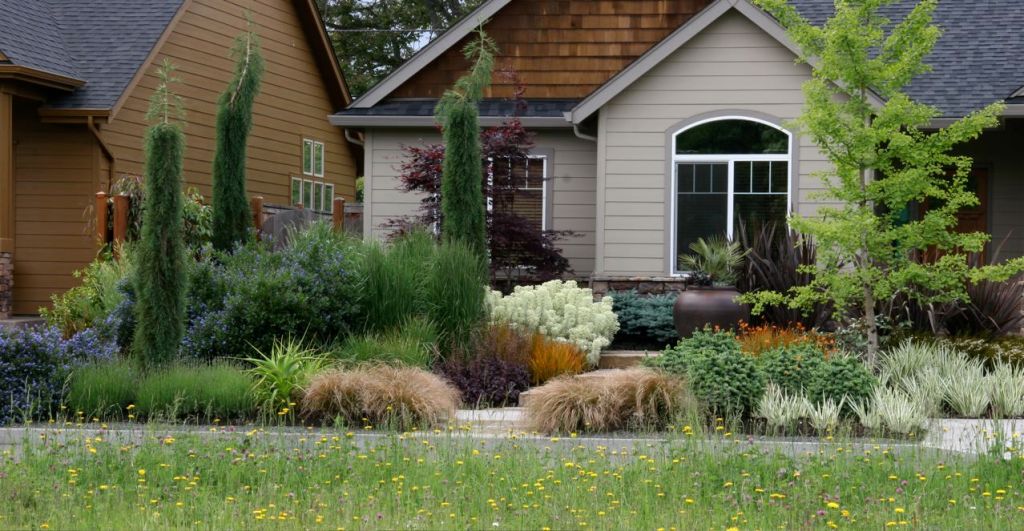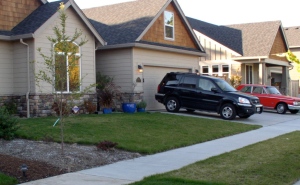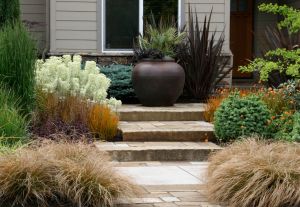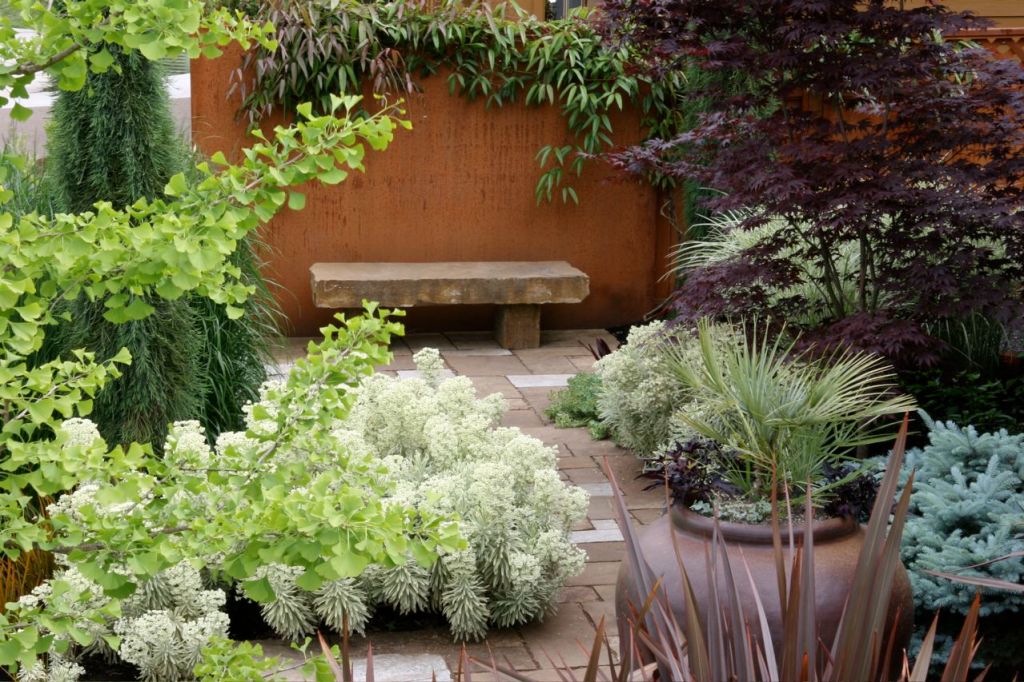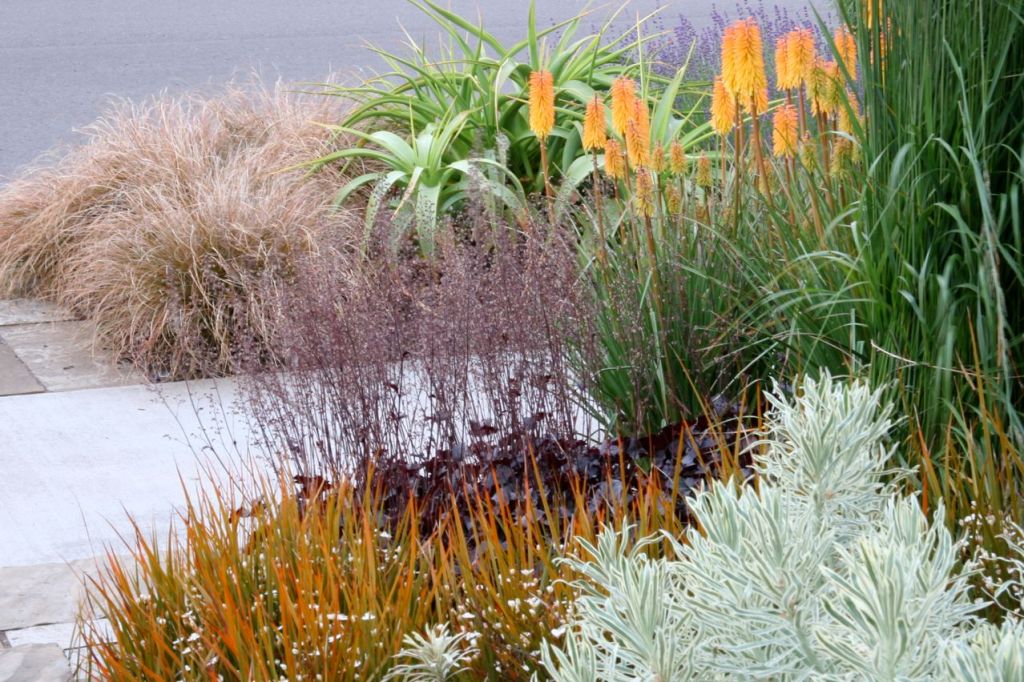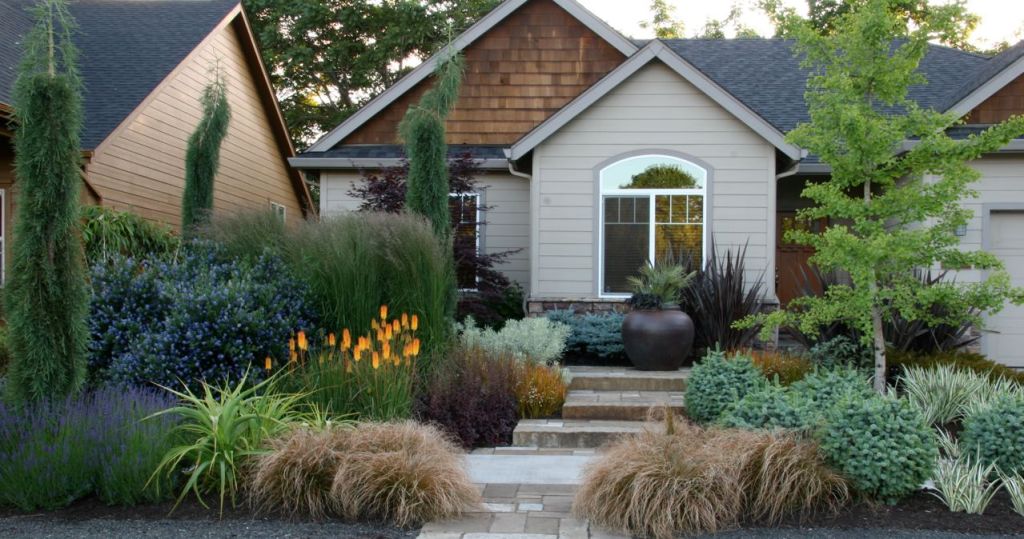This time of year, everyone's free time fills with daytrips, summer projects and visiting family and friends. When the beautiful, long evenings roll around, we find ourselves wanting to spend time *in* the garden, rather than *on* the garden. In honor of summer fun and spaces that don't overwhelm us with to-do lists, we've put together a few secrets to creating visually rich gardens that don't require constant attention. We'll also introduce you to one of our favorite shady places to spend a warm, summer afternoon - Baltzer's Specialized Nursery.
The past month has been a busy time for Mosaic, but we've managed to add a few fun posts. If you haven't checked in for a little while, take a moment to check out the cool dry-stack stone wall we built, some tips for lowering water use in your garden, a couple photos of our project at the coast and three of our favorite perennials. If there's anything you'd like for us to discuss, please let us know. We'd love to hear from you!
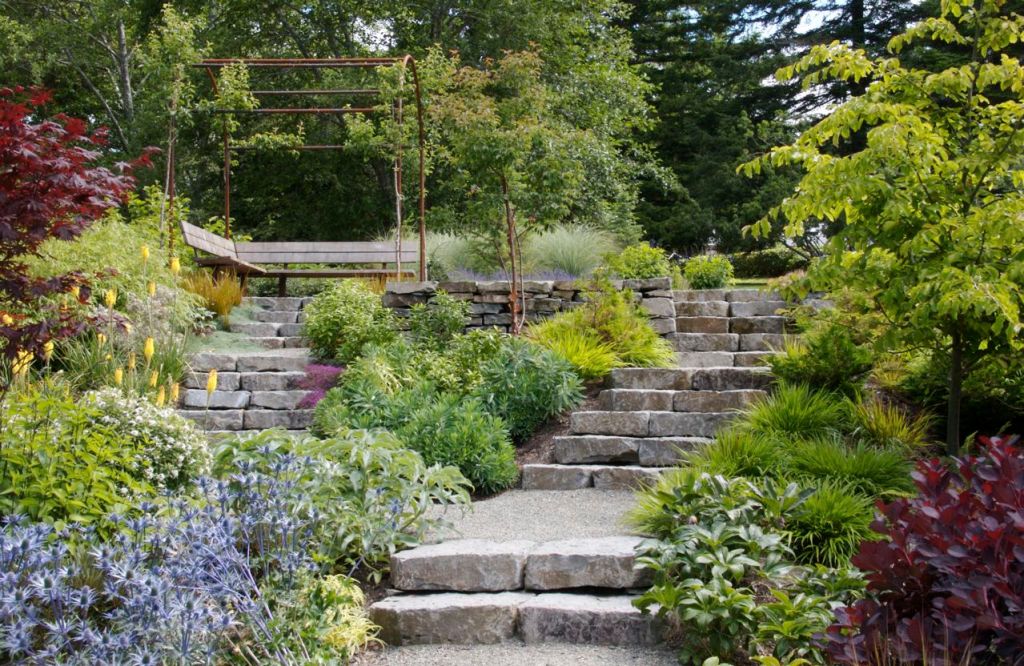
iSummertime and the Garden's Easy
There's a myth that it takes almost daily work to make a garden beautiful year-round. Some great gardeners love to spend most of their free time deadheading, weeding, pruning, raking and fluffing, but many of us find garden work to become (gasp!) a chore if it takes too much of the time and energy we would rather devote to other pursuits. There's no such thing as a "no maintenance" garden, but in the years we've spent refining our plantings to reflect both the aesthetic desires and the lifestyles of our clients, we have discovered a few ways to create spaces that look great with just a little TLC.
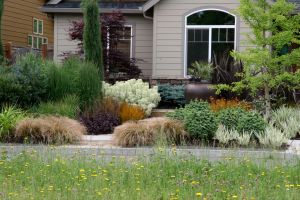
Start from the ground up - Before you plant a new bed or build a path or patio, take time to clear and prepare the site well. Many potential issues, from weeds to poor drainage to wobbly stones can be lessened or prevented by excellent prep work. In our plantings, for instance, we spend much, much more time clearing the site, grading, preparing the soil, re-grading and selecting plants than we do putting plants in the ground. And we never use weed cloth (that could be a whole separate post!).
Think ahead - It's easy to get caught up in the moment, and select a pretty plant or hardscape material that will add to your to-do list in the future. For instance, many people love the pea gravel in our garden, but aren't prepared to do the extensive prep work or raking and weeding required to make and keep it beautiful. For them, choosing a different gravel or hard paving will lead to a lower maintenance and more attractive garden in the long run.
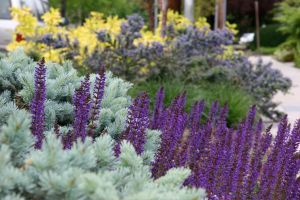
Foliage power - If you select plants for the color, form and texture of their foliage, rather than flowers, you'll have a longer-lasting effect with much less dead-heading. A few flowers are fun, but bold, spiky, sculptural, fuzzy and colorful leaves are the foundation of our plantings.
Plant in masses - groups of 3, 5, 12 or 25 strengthen a plant's impact, while simplifying both the garden's aesthetic and shortening your to-do list. Masses also allow you to shorten your plant list to include only the best of the best, without delving into less attractive, more needy plants.
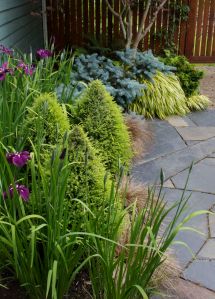
The nine month rule - if it doesn't look pretty darn good for nine months of the year, it's not worth it! Many plants put on an explosive floral show, and then peter out, leaving half a hole or clump of weedy foliage. One of the exceptions that prove this rule are lilies, which emerge through plants that will cover their fading foliage when they're done.
Think thick - Plant with the goal of creating waves of foliage that cover the ground to shade the plants' roots, save water and reduce weed issues. It may seem like more plants create more upkeep, but if you select your plants wisely and plant in masses, you'll have less work, not to mention a gorgeous, lush garden.
Weed more to weed less - Weed well every week or two, if you can manage it, or very thoroughly once a month through the growing season. In the long run, weeding once a week will take much less time than weeding once a month, because you will break the cycle of reseeding. If you wait much more than a month during the growing season, you're likely to have a bumper crop of the little devils for years to come. We once met someone who said it was impossible to control the weeds in his yard, even though "I go through it once a year on my hands and knees!"
Mulch! Mulching after planting and again every spring will kill or weaken weed seedlings, reduce water usage, insulate and feed the plants' roots and look great. Garden Compost from Lane Forest Products is our favorite mulch (and a great way to recycle!).
Last, but not least, have fun - If you do your homework and prep work, there should be time and room for a few fun, higher maintenance additions to your garden. Most of our plants need attention only once or twice a year, and their easy care leaves us time to deadhead a few dahlias and tidy the pea gravel.
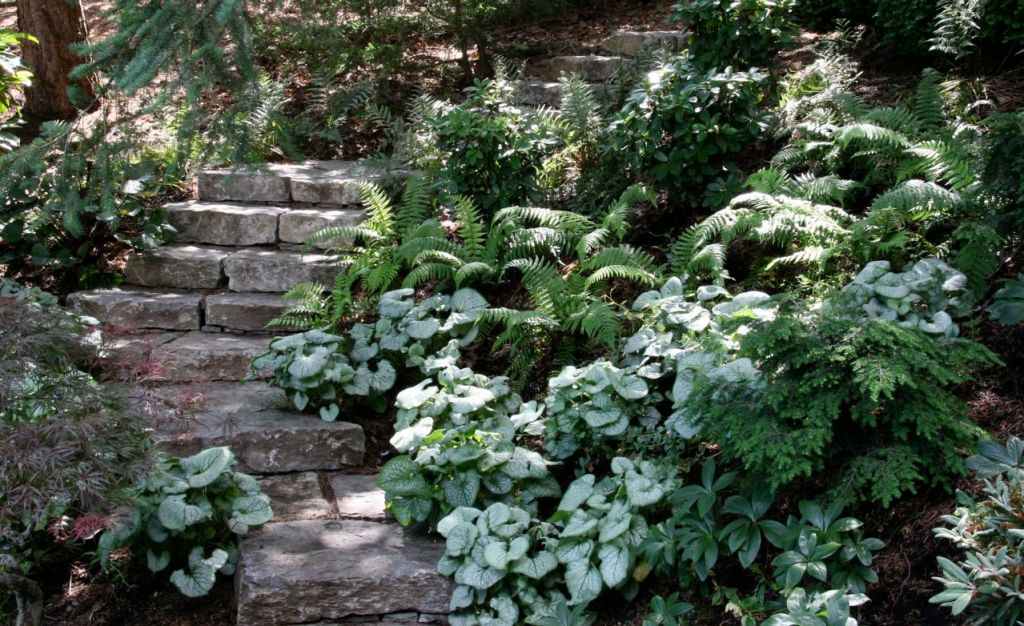
iBaltzer's Specialized Nursery
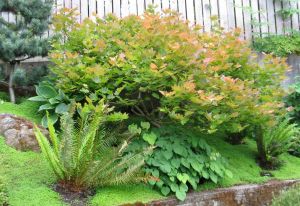
Bob and Nancy Baltzer have a gorgeous, diverse selection of specimen Japanese maples and conifers. It's easy to spend hours in the rows of their lovely, cool Pleasant Hill nursery. When you finally emerge from studying one after another gorgeous maple, you will discover that the best part of the nursery is the owners' thoughtful advice and encyclopedic knowledge of their stock. If you find the perfect specimen for your garden, but don't have the room to get it home, delivery to the Eugene-Springfield area is available.
Baltzer's Nursery is open Friday, Saturday and Monday 9am-6pm and Sunday, 10am - 5pm. They are located on Highway 58, just outside of Pleasant Hill. For more information, call the nursery at (541) 747-5604.
Thanks for reading!
We hope you'll stay cool and find a little time to enjoy your garden this summer. We are looking forward to starting a couple of new projects and watching our clients' gardens grow. Keep an eye on the journal this month - there should be a few new pictures of our project at the coast and some more great ideas for your space.
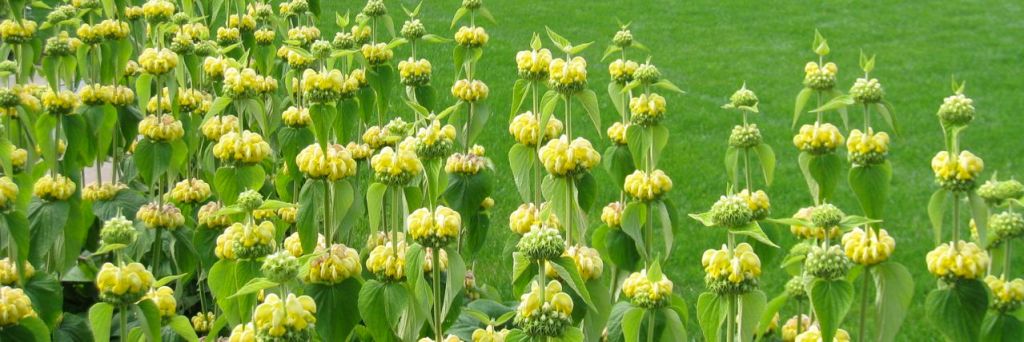
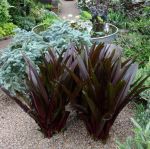 Eucomis 'Sparkling Burgundy' - Perhaps the #1 "what is that?" plant in our garden. It's big, glossy, DARK foliage contrasts beautifully with our pea gravel (or a silvery groundcover). The foliage fades to a green as the almost alien flowers spike up and up, but you won't mind. Full sun, quite hardy, *usually* deer resistant (ask your deer).
Eucomis 'Sparkling Burgundy' - Perhaps the #1 "what is that?" plant in our garden. It's big, glossy, DARK foliage contrasts beautifully with our pea gravel (or a silvery groundcover). The foliage fades to a green as the almost alien flowers spike up and up, but you won't mind. Full sun, quite hardy, *usually* deer resistant (ask your deer).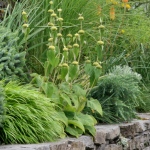 Phlomis russeliana - This species of Jerusalem sage has been hardy in our garden since day one, 6 years ago. We love the fuzzy, big green leaves. Crazy lollipop spires of bright yellow flowers last for weeks. When the flowers are done, shake the petals off, and the green flower stalks remain a fun ornamental for even longer. Sun loving, drought tolerant, deer resistant... what more could you ask?
Phlomis russeliana - This species of Jerusalem sage has been hardy in our garden since day one, 6 years ago. We love the fuzzy, big green leaves. Crazy lollipop spires of bright yellow flowers last for weeks. When the flowers are done, shake the petals off, and the green flower stalks remain a fun ornamental for even longer. Sun loving, drought tolerant, deer resistant... what more could you ask?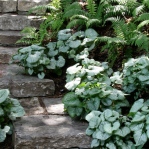 Brunnera 'Jack Frost' - One for the shade gardeners out there. This plant starts the season with a cloud of forget-me-not blue flowers. Later, huge almost spray-painted silver leaves contrast with dark, glossy greens of hellebores, ferns and other shade lovers. Best of all, it is ignored by snails, slugs and... can you believe it?... deer.
Brunnera 'Jack Frost' - One for the shade gardeners out there. This plant starts the season with a cloud of forget-me-not blue flowers. Later, huge almost spray-painted silver leaves contrast with dark, glossy greens of hellebores, ferns and other shade lovers. Best of all, it is ignored by snails, slugs and... can you believe it?... deer.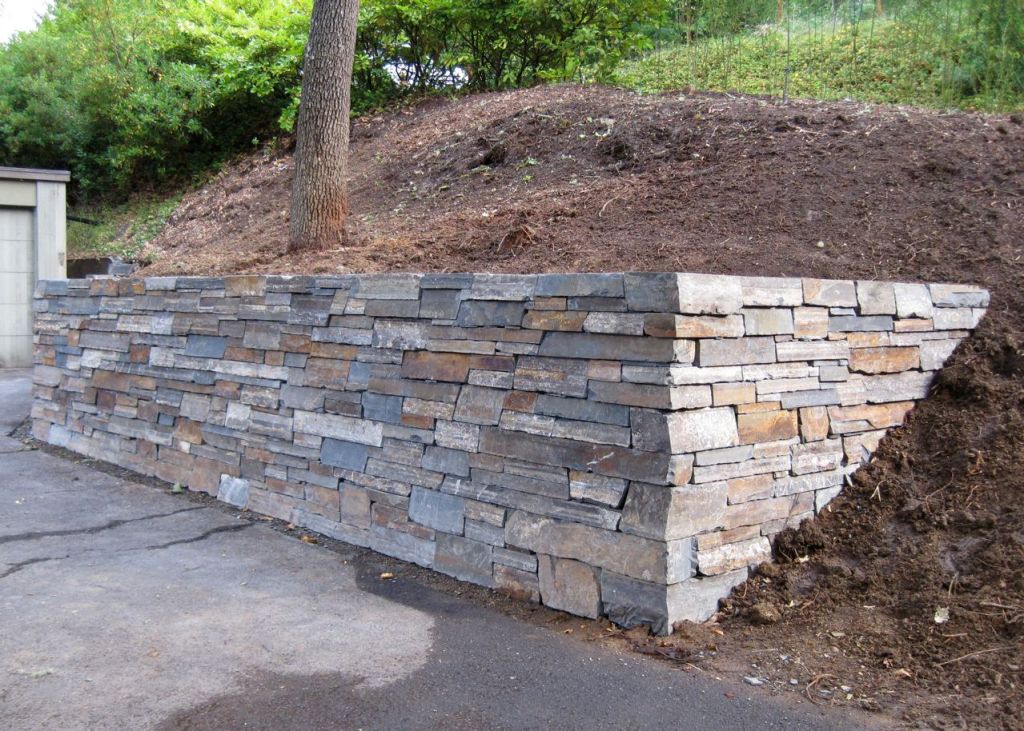
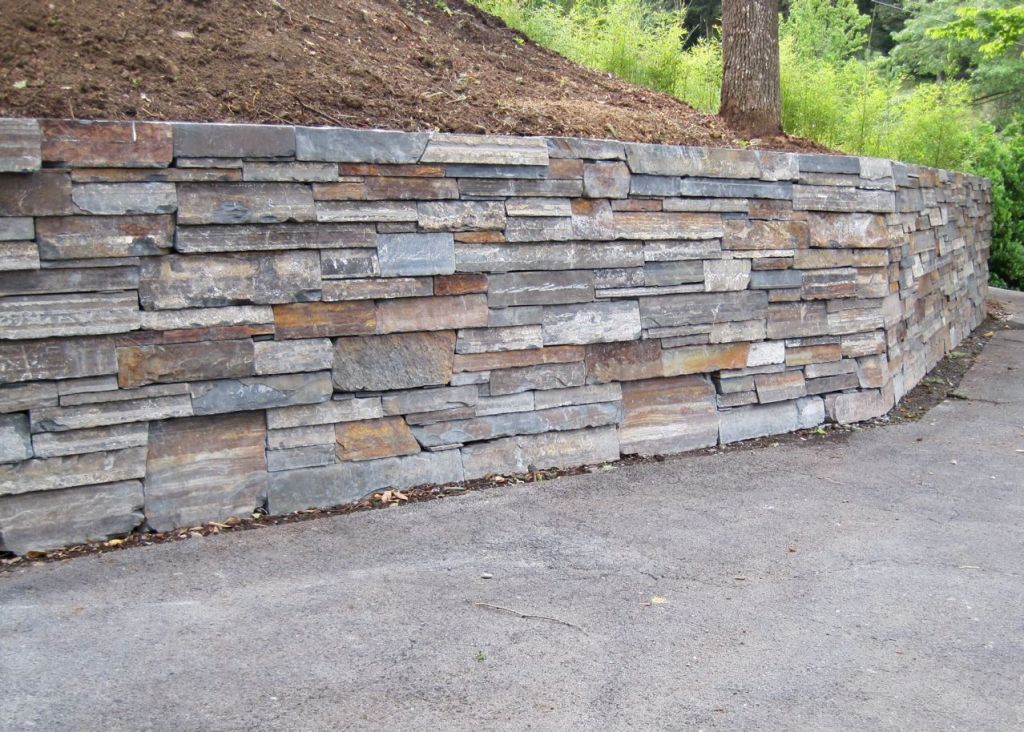
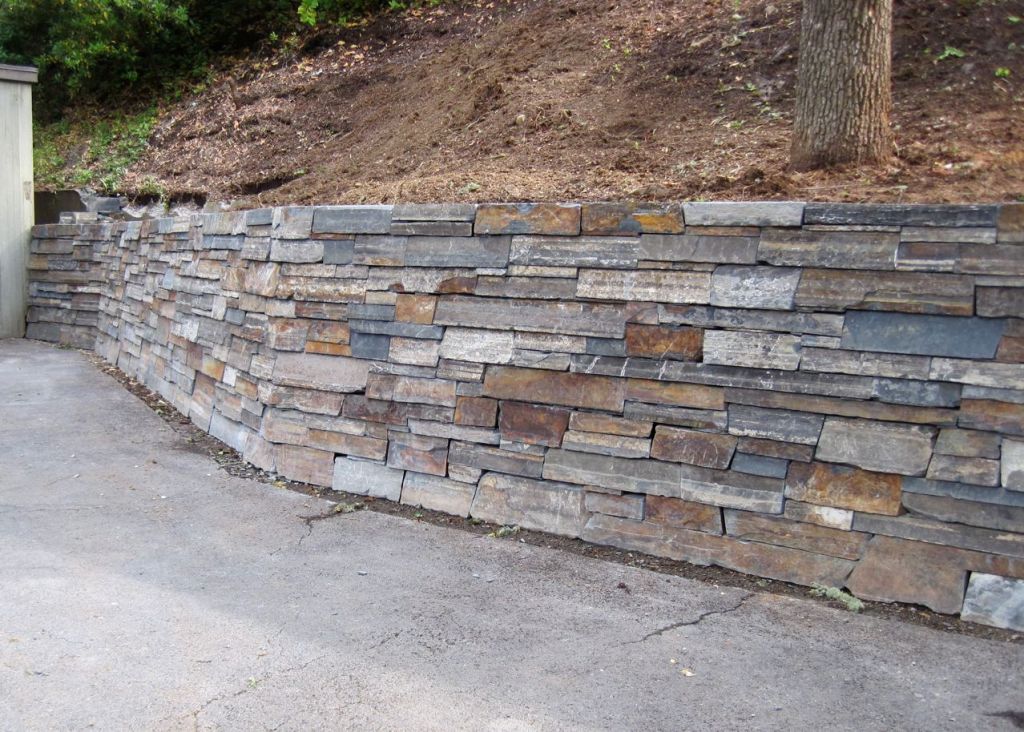


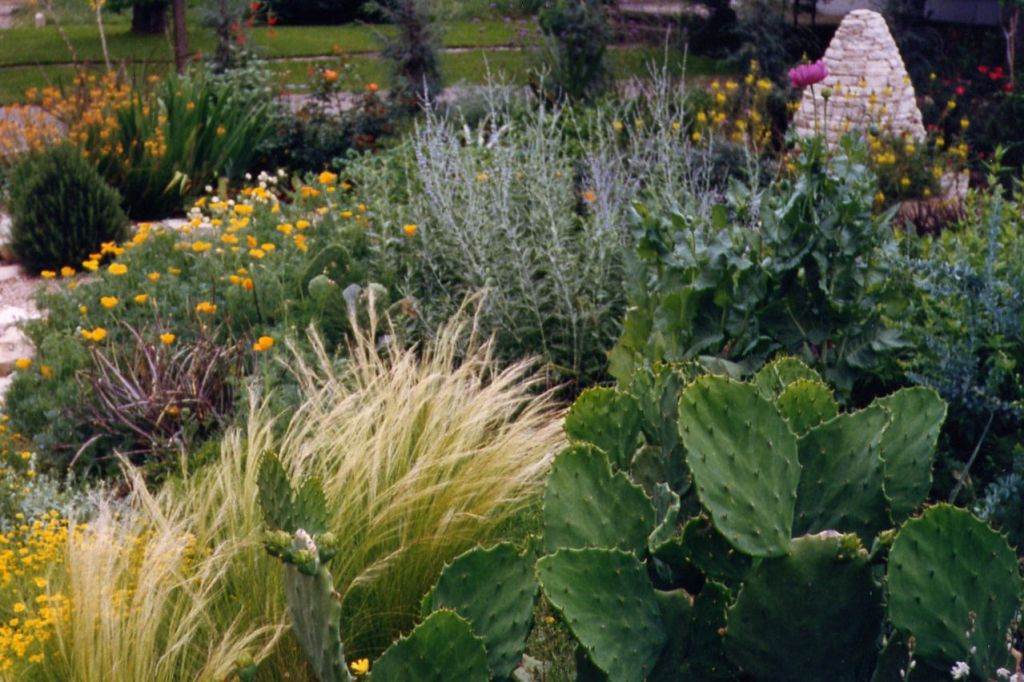
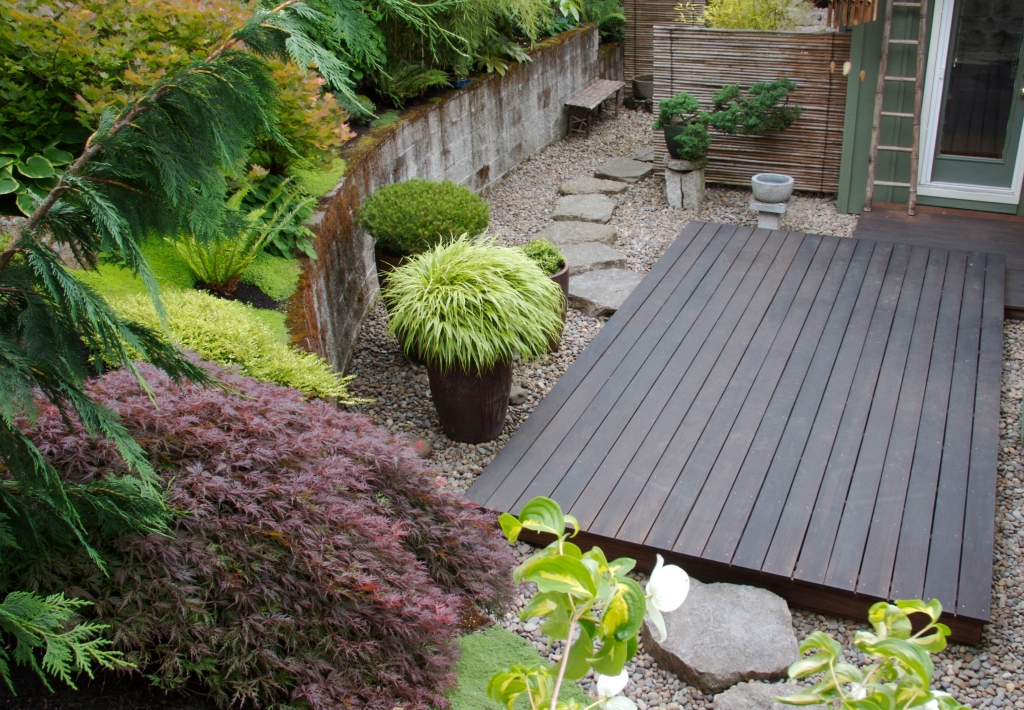
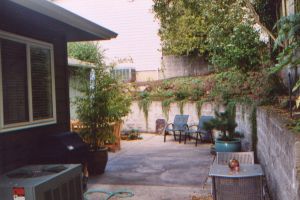
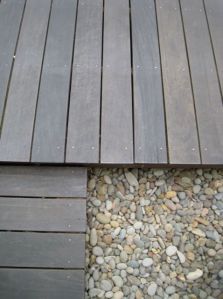
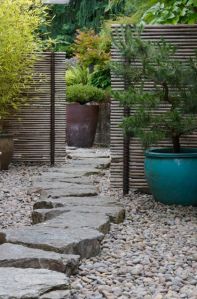
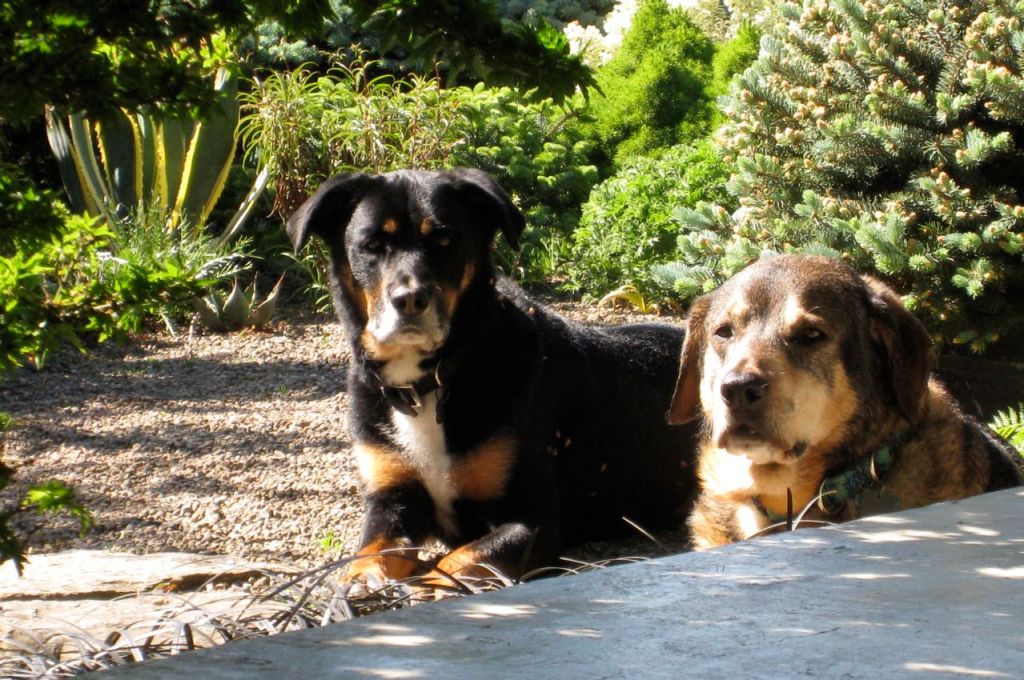
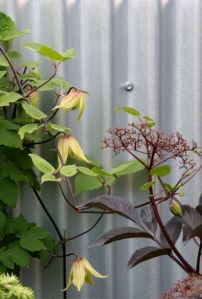
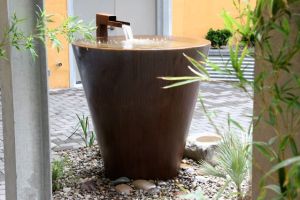
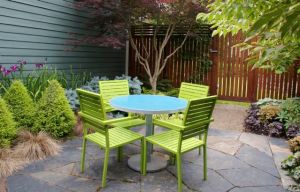
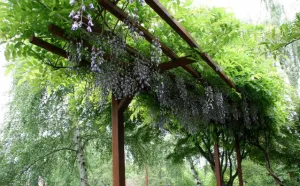
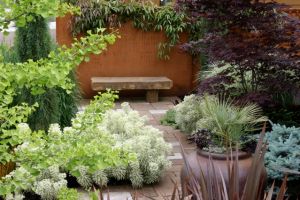
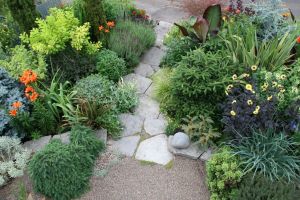 With the
With the 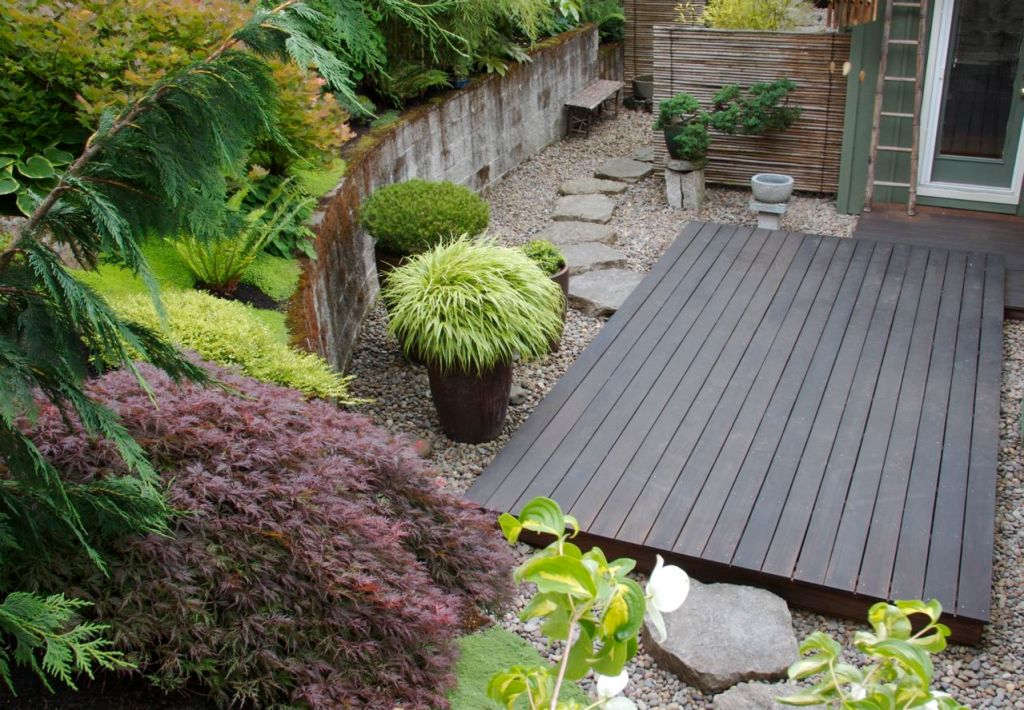
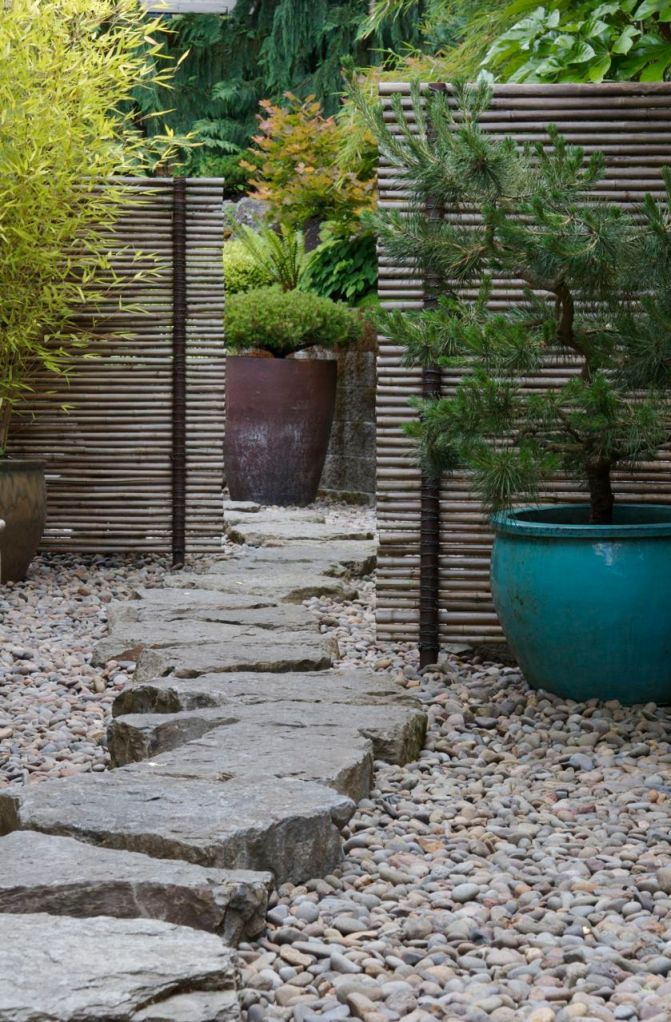
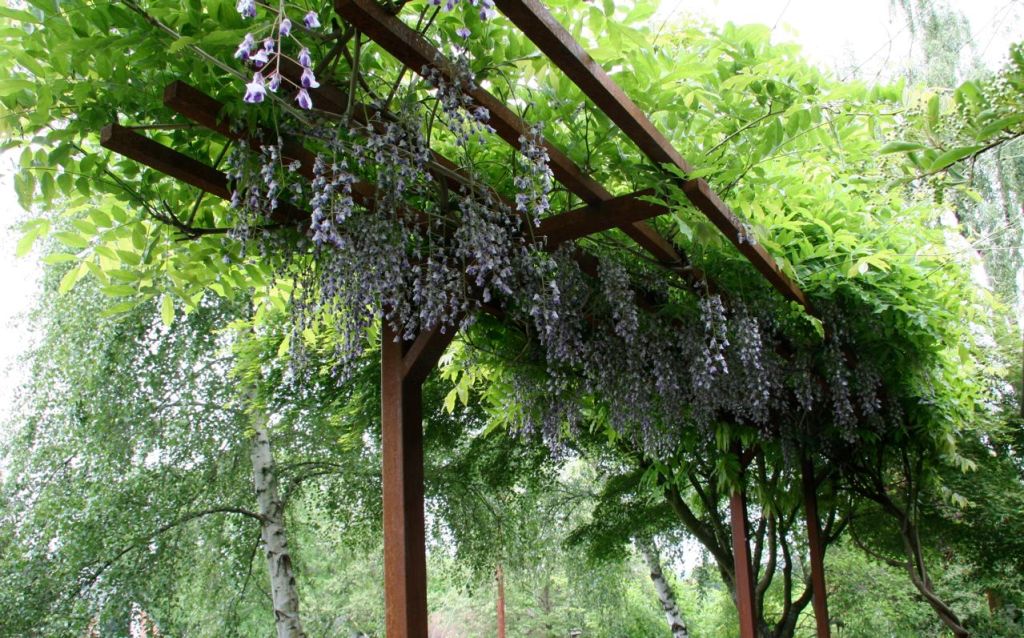
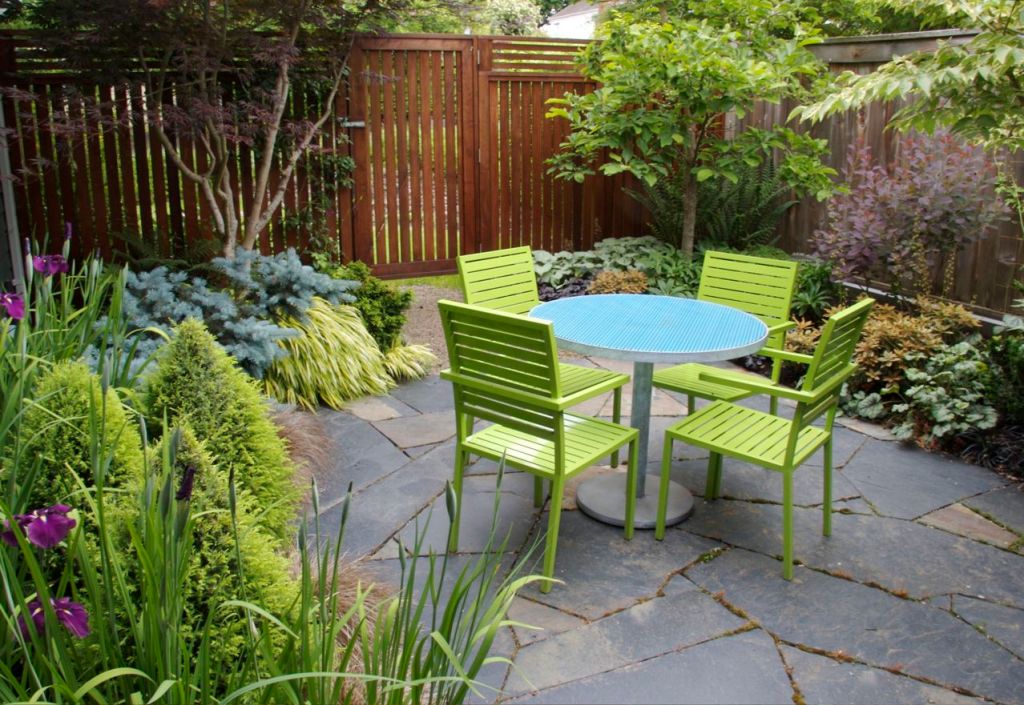

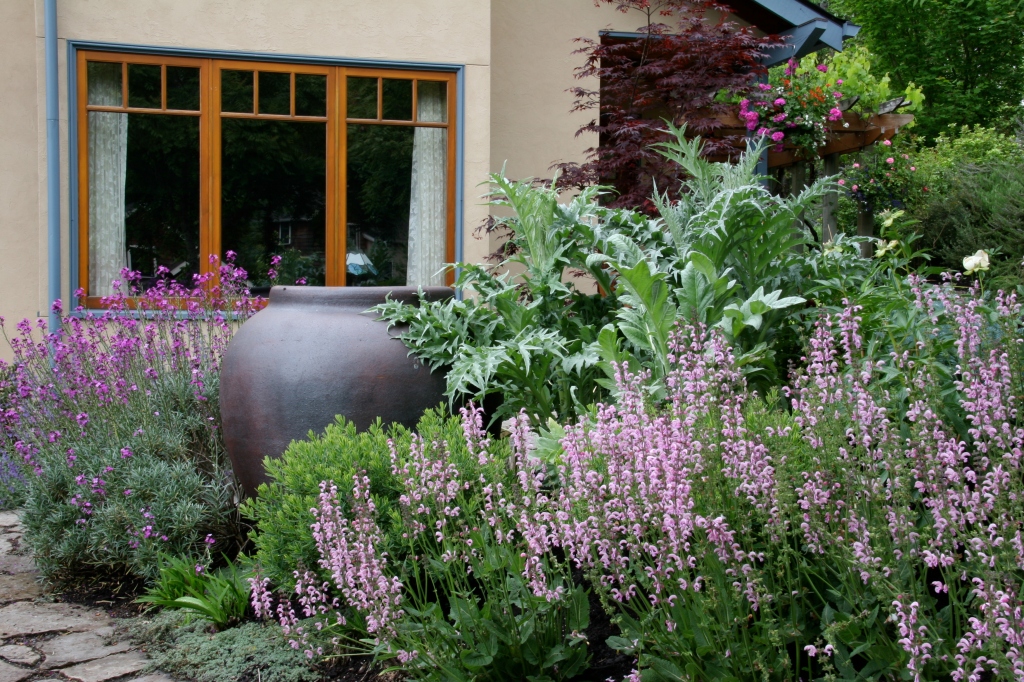
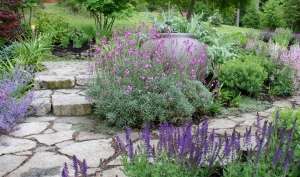

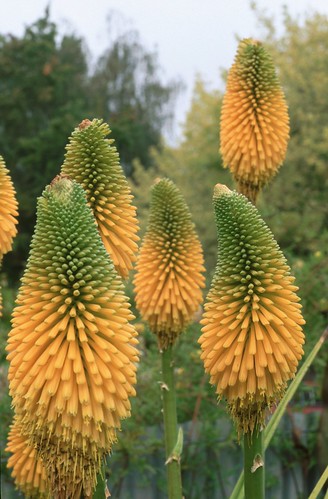
 Just a quick note to announce the photography exhibition of our friend,
Just a quick note to announce the photography exhibition of our friend, 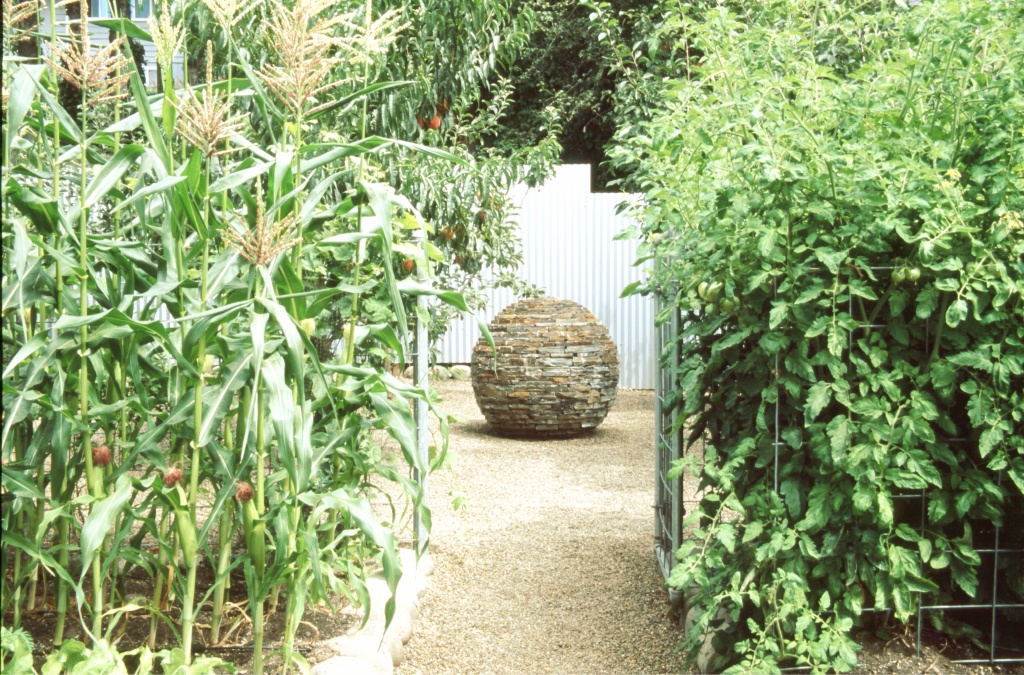

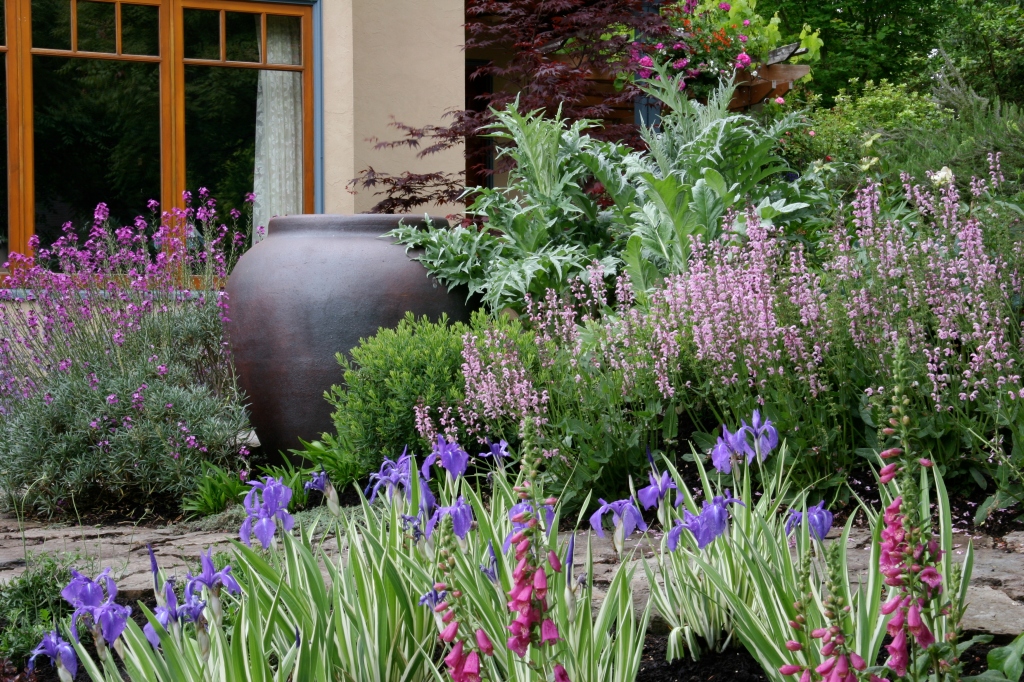

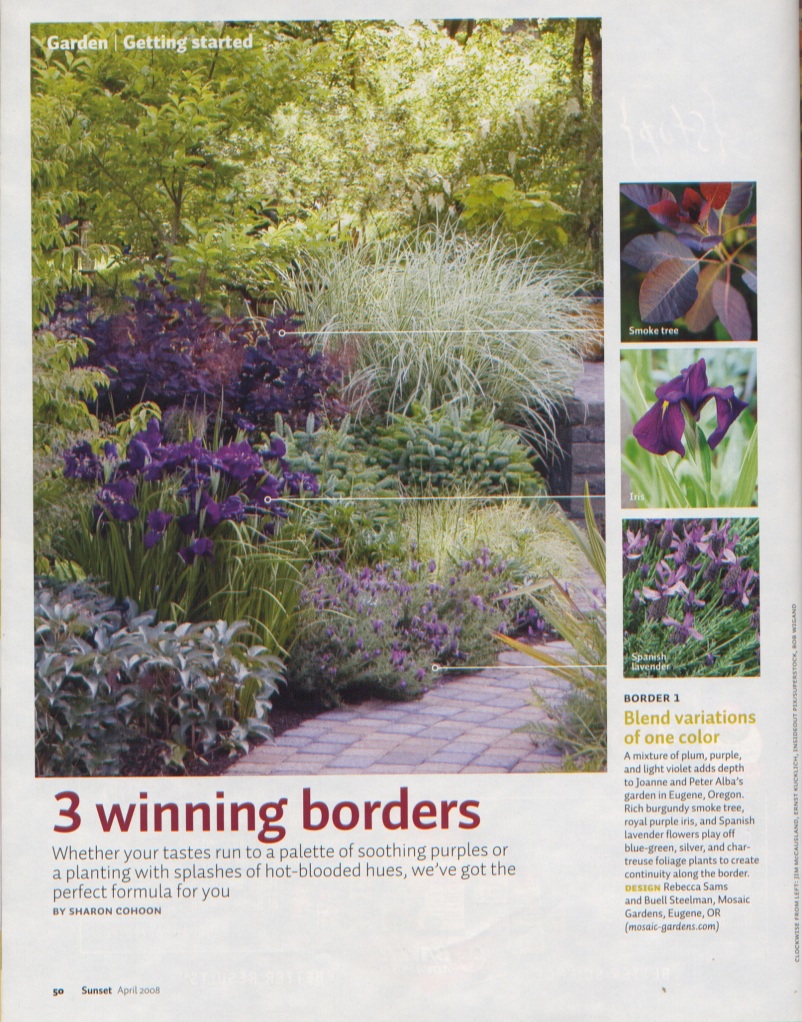 Do you have deer? Have you discovered any plants that aren't on the conventional lists? We're always searching for new ideas, and we hope you'll leave a comment with your "finds" below.
Do you have deer? Have you discovered any plants that aren't on the conventional lists? We're always searching for new ideas, and we hope you'll leave a comment with your "finds" below.